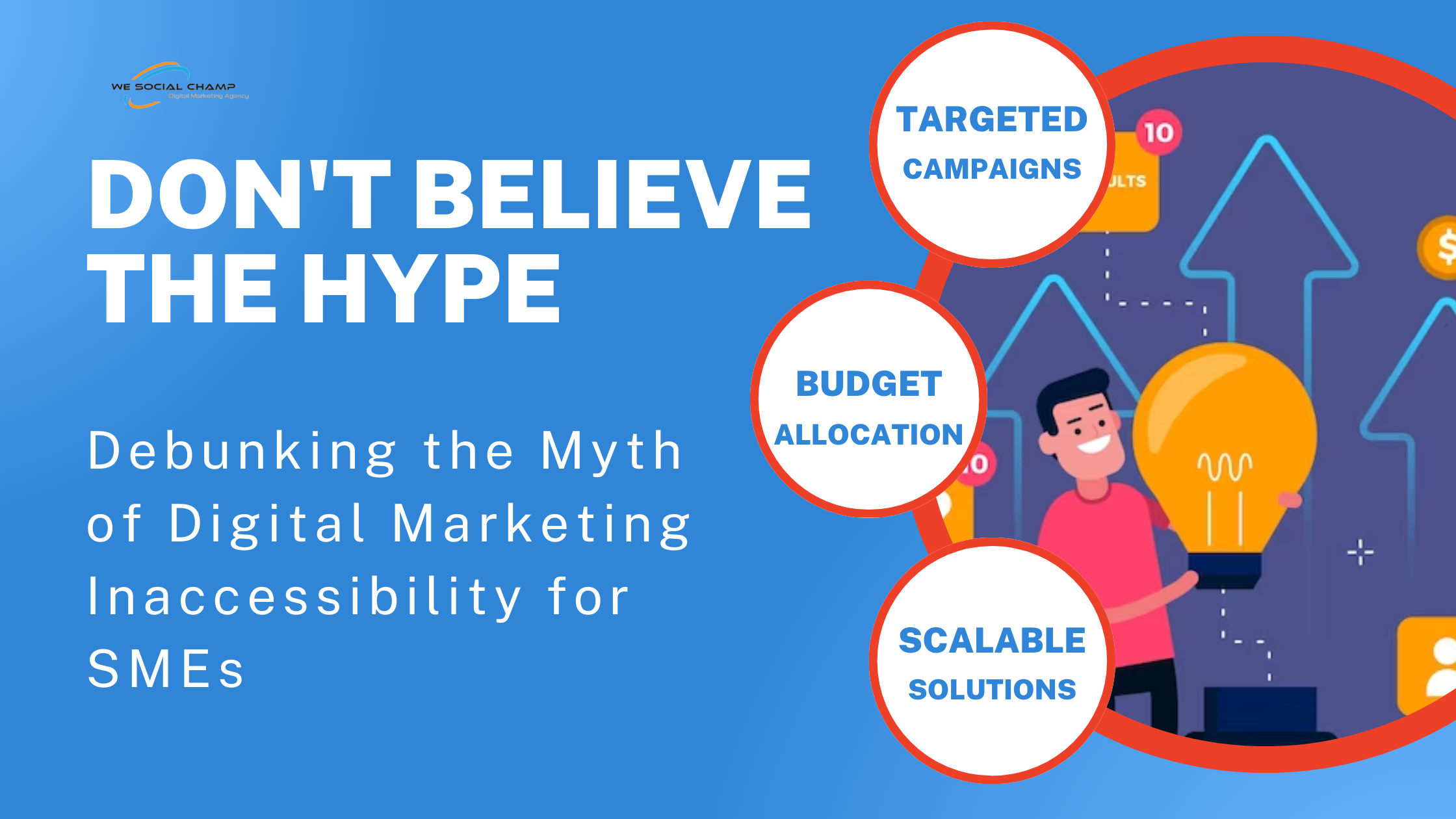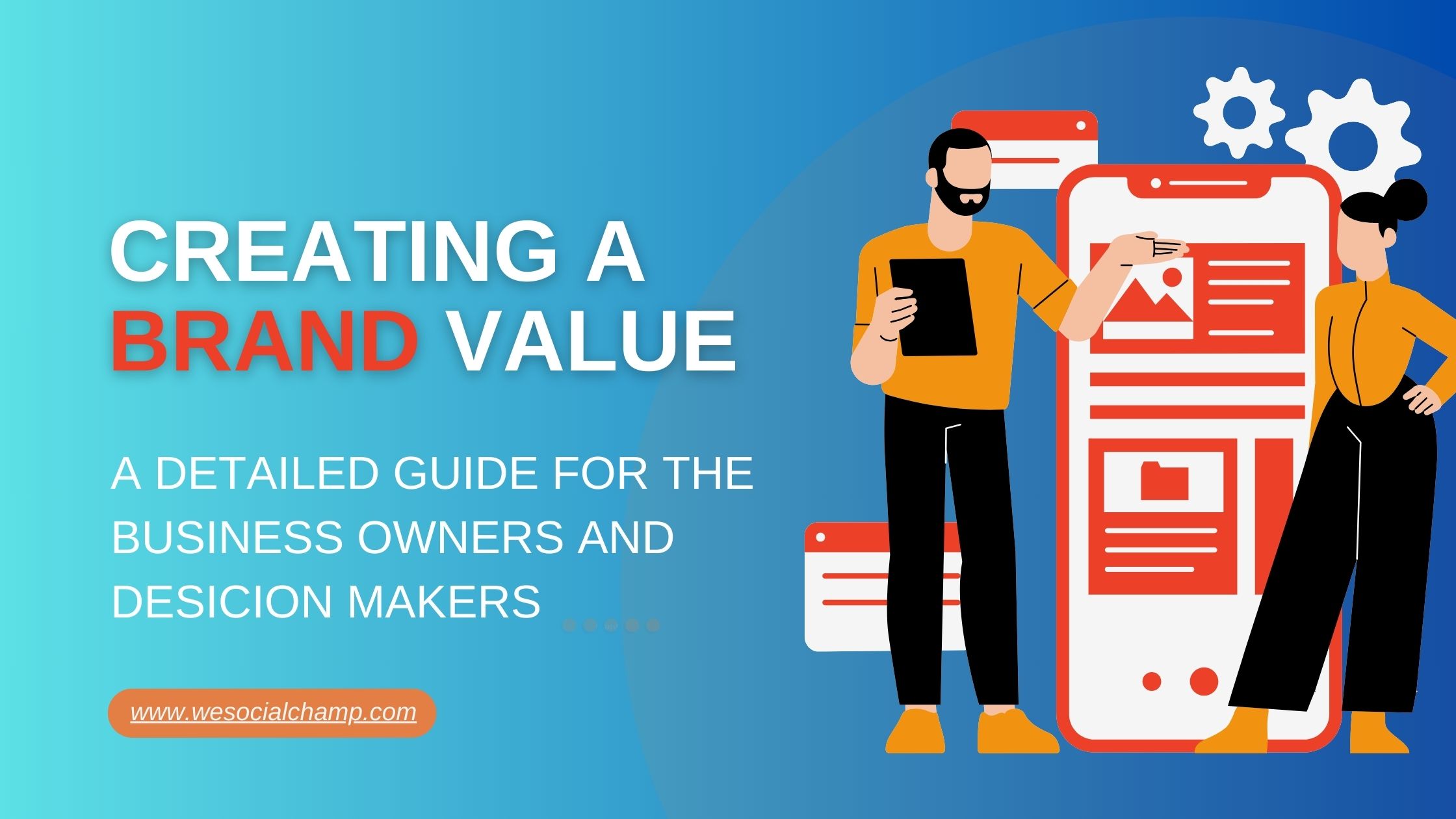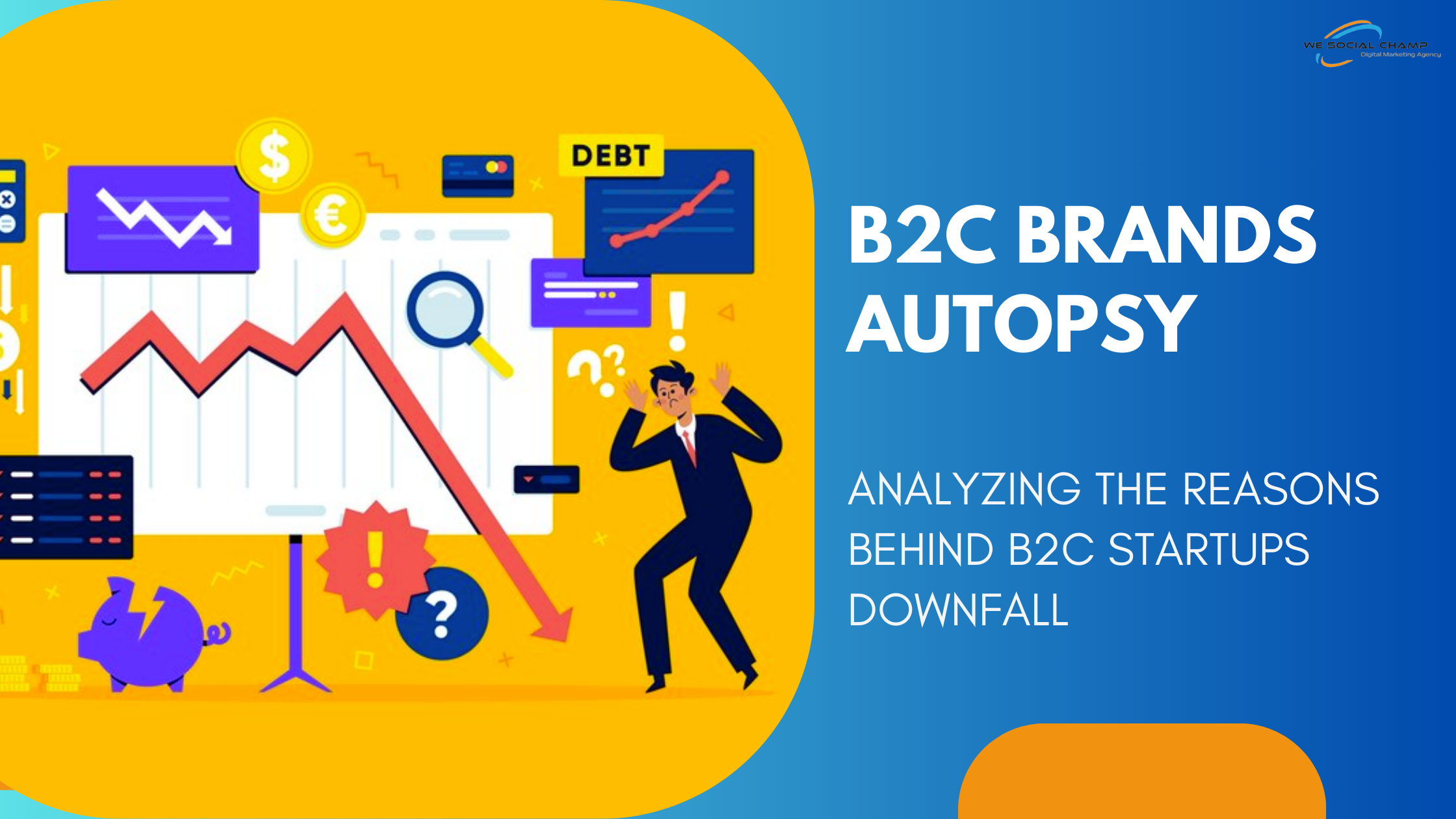Have you noticed how every buck you pour into marketing needs to pack a punch? It’s a tough nut to crack, right? Many businesses are in the same boat, splurging on marketing but scratching their heads over ROI. However, fret not! In this complete guide, we are rolling up our sleeves to uncover the secrets. Let’s explore strategies and tactics to supercharge your marketing efforts and turn those investments into gold!
Understanding the ROI Puzzle:
Before diving into strategies for improving marketing returns, it’s essential to understand the components of the ROI puzzle. Marketing ROI is the ratio of the net profit generated from marketing activities to the total cost of those activities. Several factors influence marketing ROI, including targeting effectiveness, messaging resonance, channel efficiency, and overall business objectives.
Struggling to achieve a positive return on investment (ROI) despite investing in marketing can be a common challenge for businesses. Several factors could contribute to this situation:
- Ineffective Targeting: Your marketing efforts might not be reaching the right audience. If you’re not effectively targeting your ideal customers, you could be wasting resources on people who are unlikely to convert.
- Poor Messaging or Creative: Even if your targeting is accurate, if your marketing messages or creative assets are not resonating with your audience, they may not be inclined to take action.
- Lack of Alignment with Business Goals: Your marketing strategies may not be aligned with your overall business objectives. If your marketing efforts are not driving the specific outcomes that contribute to your business goals, you may struggle to see a positive ROI.
- Inefficient Channels or Tactics: Not all marketing channels and tactics are equally effective for every business. If you’re investing in channels or tactics that aren’t delivering results for your particular industry or audience, you may need to reassess your strategy.
- Competitive Landscape: Intense competition in your industry could make it difficult to stand out despite your marketing efforts. Analyzing your competitors and finding ways to differentiate your offerings could help improve your ROI.
- Lack of Tracking and Analysis: Insufficient tracking and analysis of your marketing efforts can make it challenging to understand what’s working and what isn’t. Without proper data analysis, you may continue investing in strategies that aren’t yielding results.
- Product/Service Issues: Sometimes, the problem lies beyond marketing. If there are issues with your product or service quality, customer service, or pricing, marketing alone may not be able to overcome these challenges.
To address these issues and improve ROI from marketing efforts, businesses can:
Conduct Thorough Market Research:
Before diving into any marketing campaign, it’s crucial to understand your target audience inside out. Conduct comprehensive market research to gain insights into their demographics, behaviors, preferences, and pain points. By understanding your audience better, you can tailor your marketing efforts to meet their needs effectively.
Market research can involve surveys, interviews, focus groups, and analyzing industry reports and trends. Utilize both quantitative and qualitative data to paint a comprehensive picture of your target audience.
Refine Messaging and Creative Assets:
Once you have a deep understanding of your target audience, it’s time to refine your messaging and creative assets to resonate with them. Your marketing materials should speak directly to your audience’s pain points, aspirations, and motivations.
Test different messaging variations to see what resonates best with your audience. Incorporate compelling visuals and storytelling elements to capture their attention and drive engagement.
Ensure Alignment with Business Objectives:
It’s essential to ensure that your marketing strategies align with your overall business objectives. Every marketing campaign should have clear goals that contribute to the broader mission and vision of your business.
Regularly review your marketing strategies and tactics to ensure they are driving towards your business objectives. Adjust your approach as needed to stay aligned with changing priorities and market conditions.
Experiment with Different Marketing Channels and Tactics:
Not all marketing channels and tactics will yield the same results for every business. Experiment with different channels, such as social media, email marketing, content marketing, and paid advertising, to see which ones resonate best with your target audience.
Test different messaging, offers, and creative assets across various channels to identify what drives the most engagement and conversions. Use data to inform your decisions and allocate resources to the most effective channels.
Monitor and Analyze Marketing Performance:
Regular monitoring and analysis of marketing performance are essential for making data-driven decisions. Track key performance indicators (KPIs) such as website traffic, conversion rates, click-through rates, and return on ad spend (ROAS) to gauge the effectiveness of your marketing efforts.
Use analytics tools to dive deeper into the data and identify trends, patterns, and areas for improvement. Adjust your strategies and tactics based on these insights to optimize performance over time.
Continuously Optimize and Refine Marketing Strategies:
Marketing is an ongoing process that requires continuous optimization and refinement. Use the insights gained from monitoring and analysis to iterate on your marketing strategies and tactics.
Be agile and responsive to changes in market dynamics, consumer behaviour, and competitive landscape. Experiment with new ideas and approaches to stay ahead of the curve and drive better results.
Evaluate the Entire Customer Journey:
Finally, take a holistic view of the customer journey to identify and address any bottlenecks or pain points that may be hindering conversions. Map out the entire customer journey from awareness to conversion and beyond.
Look for opportunities to streamline the customer experience and remove friction points that may cause drop-offs or dissatisfaction. Continuously optimize each touchpoint along the customer journey to create a seamless and engaging experience for your audience.
Consider Seeking External Expertise or Consulting:
Sometimes, an outside perspective can provide valuable insights and identify blind spots that internal teams may overlook. Consider seeking external expertise or consulting services to help identify opportunities for improvement and optimize your marketing efforts.
Work with experienced professionals who understand your industry and target audience to develop tailored strategies and recommendations. Collaborate closely with external partners to implement changes and drive results effectively.
Strategies for Boosting Marketing Returns or ROI:
Define Clear Objectives:
To improve marketing ROI, businesses must start by defining clear and measurable objectives. Whether the goal is to increase sales, generate leads, or enhance brand awareness, having specific targets allows marketers to align their efforts and track progress effectively.
Know Your Audience:
Effective targeting is crucial for maximizing marketing ROI. Businesses should invest time and resources in understanding their target audience’s demographics, preferences, and behaviour. By creating detailed buyer personas, marketers can tailor their messaging and campaigns to resonate with the right audience segments.
Craft Compelling Messaging:
The power of messaging cannot be overstated in marketing. Compelling and persuasive messaging that addresses the target audience’s pain points and offers solutions can significantly impact campaign effectiveness. Marketers should focus on creating clear, concise, and compelling messages that resonate with their audience and drive action.
Leverage Data and Analytics:
Data-driven decision-making is essential for optimizing marketing ROI. By leveraging data and analytics tools, businesses can gain valuable insights into campaign performance, audience behaviour, and conversion metrics. Continuous monitoring and analysis of key performance indicators (KPIs) enable marketers to identify areas for improvement and optimize campaign strategies accordingly.
Test and Iterate:
Testing is a critical aspect of improving marketing ROI. A/B testing different elements of campaigns, such as ad creatives, messaging variations, and landing page designs, allows marketers to identify what resonates best with their audience and drive better results. By continuously testing and iterating, businesses can refine their marketing strategies and maximize returns over time.
Focus on High-Impact Channels:
Not all marketing channels are created equal when it comes to ROI. Businesses should identify and prioritize channels that offer the highest potential for reaching and engaging their target audience. Whether it’s social media advertising, email marketing, content marketing, or search engine optimization (SEO), focusing on high-impact channels ensures that marketing efforts yield maximum returns.
Optimize Conversion Funnel:
A well-optimized conversion funnel is essential for driving marketing ROI. Businesses should streamline the customer journey from initial awareness to conversion, removing any friction points that may hinder the path to purchase. By optimizing landing pages, checkout processes, and follow-up sequences, marketers can increase conversion rates and maximize ROI.
Invest in Customer Retention:
While acquiring new customers is important, retaining existing customers can be even more valuable for long-term ROI. Businesses should invest in strategies to nurture and retain their customer base, such as personalized communication, loyalty programs, and exceptional customer service. Building strong relationships with existing customers not only boosts retention but also generates valuable word-of-mouth referrals and repeat purchases.
Conclusion:
Cracking the ROI puzzle requires a strategic and data-driven approach to marketing. By implementing these strategies and continuously refining their approach, businesses can unlock the full potential of their marketing investments and drive sustainable growth in today’s competitive marketplace.
Our company is dedicated to helping you boost your ROI year over year through a comprehensive approach. We begin by offering strategic consultation sessions where our team of experts collaborates closely with you to understand your business objectives inside out.
With in-depth market research and analysis of industry trends, we tailor a marketing strategy that aligns perfectly with your goals, ensuring every single penny spent contributes to your bottom line. Connect with us now for free consulting!













Pingback:The Power of Customer Testimonials: A Strategic Asset for B2B Success - We Social Champ